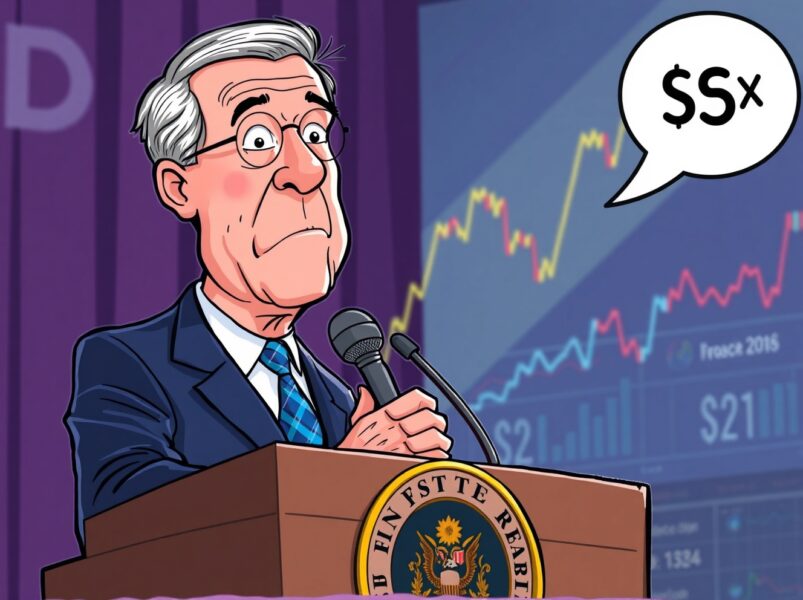UK Writers Warn AI Could Soon Dominate Fiction Publishing Market
TLDRs:
- Over half of UK novelists fear AI could replace their work entirely, affecting income.
- AI-generated books flood platforms like Amazon, impacting sales and copyright protections.
- Authors demand informed consent and compensation for AI use of their writing.
- Provenance tools may help distinguish human-authored works amid rising AI content.
A recent study by the University of Cambridge has revealed growing concern among UK authors about the role of artificial intelligence in the fiction publishing market. Surveying 258 published novelists and 74 industry insiders, including editors and agents, researchers found that just over half of respondents believe AI could eventually replace their work entirely.
Authors report that AI has already been trained using their writing without permission, creating a real risk of automated competition.
Many fear that this trend will not only disrupt the creative process but also lead to declining incomes across the sector. Approximately 39% of surveyed writers reported a measurable drop in earnings due to generative AI, with most expecting further decreases as AI continues to proliferate.
AI Books Flood Digital Shelves
The influx of AI-generated content on platforms like Amazon has become increasingly visible. Self-published Kindle ebooks, for example, have been capped at three per day in an attempt to curb AI “flooding.”
Despite such measures, some authors have discovered AI-written copies of their books listed online even before official release dates. Scammers have exploited this technology further, producing AI-generated guides and companion books that piggyback on legitimate titles, siphoning potential sales from their human creators.
Genres such as romance, thriller, and crime appear particularly vulnerable, with AI replication threatening to overshadow the nuanced creativity and marketing appeal of real-world authors. Additionally, some writers worry that AI-generated reviews and content could mislead readers, further undermining the credibility and marketability of genuine work.
Calls for Copyright Reform and Transparency
UK novelists are vocal about the need for updated copyright protections that reflect the realities of AI-assisted content creation. Many argue that informed consent and fair compensation should be mandatory for the use of human-authored material in AI training datasets.
Authors also stress the importance of government and tech company transparency, citing concerns about the effectiveness of proposed “rights reservation” systems.
Currently, only fully AI-generated works must be disclosed under existing platform rules, leaving a grey area for partially AI-assisted plagiarism. This gap has prompted calls for the widespread adoption of content provenance tools, which could verify the origin and authenticity of published works and protect human creators from unauthorized replication.
Provenance Tools Offer Potential Solutions
Technologies such as the Coalition for Content Provenance and Authenticity (C2PA) framework provide a method to embed cryptographic metadata into digital content, ensuring a verifiable chain of authorship.
Amazon joined the C2PA steering committee in September 2024, signaling industry awareness of the issue, though adoption across publishers remains uneven.
Experts suggest that wide implementation of provenance and AI fraud detection tools could help preserve trust in digital publishing. Early experiments indicate that clear provenance signals improve consumer confidence and help distinguish authentic works from AI-generated or manipulated content. Publishers and authors alike hope that such measures will protect the value of human creativity in a rapidly changing market.
Looking Ahead
As AI technologies continue to evolve, UK authors are bracing for a transformed publishing landscape. From income disruption to unauthorized replication, writers face real threats from generative AI.
While some adopt AI for research purposes, nearly all oppose its use in creative writing. Strengthened copyright laws, transparent AI usage policies, and adoption of content provenance tools may offer a path forward to safeguard human authors in an AI-dominated market.
The post UK Writers Warn AI Could Soon Dominate Fiction Publishing Market appeared first on CoinCentral.
You May Also Like

The Best Crypto Presale in 2025? Solana and ADA Struggle, but Lyno AI Surges With Growing Momentum

Jerome Powell’s Press Conference: Crucial Insights Unveiled for the Market’s Future
